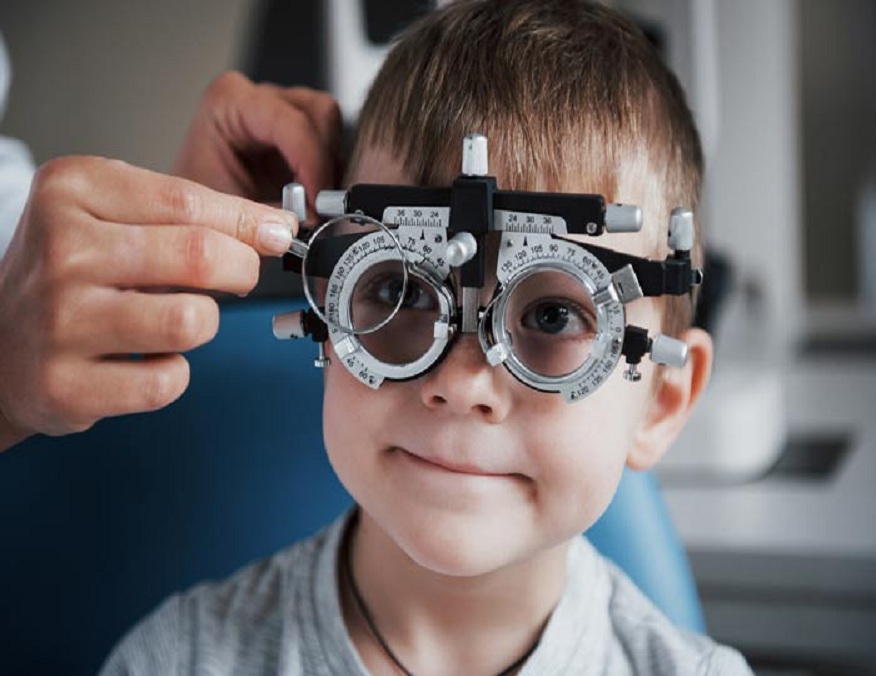Walking into an optometrist’s office can feel like stepping into the unknown. What happens during an eye exam? It’s more than just reading letters on a chart. We’re here to demystify the process. First, we discuss your vision needs. Maybe you’re curious about scleral contact lenses chicago. Then, we move to the exam itself. It’s a simple series of checks that help us understand your eye fully. Each step has a purpose. Understanding these steps can make the experience less daunting and more enlightening.
Parts of a Comprehensive Eye Exam
During an eye exam, several key procedures take place. Here’s a simple breakdown:
- Visual Acuity Test: This is the part where you read the letters on the chart. It helps check how well you see at various distances.
- Refraction Assessment: The optometrist uses this test to determine your exact eyeglass prescription.
- Eye Muscle Test: This assesses the muscles controlling eye movement.
Importance of Each Test
Each test serves a crucial role in maintaining eye health. A visual acuity test checks for clarity of vision. If you need glasses, the refraction assessment helps pinpoint the right prescription. The eye muscle test ensures your eyes move correctly and synchronously. Together, these tests provide a complete picture of your vision.
Understanding Specialized Tests
Some eye exams include additional tests, especially if certain conditions are suspected:
- Retinoscopy: This test checks how light reflects off the retina. It can indicate refractive errors.
- Slit-Lamp Examination: A closer look at the eye’s structure, such as the cornea, lens, and iris. This helps detect diseases like cataracts.
- Glaucoma Test: Measures the pressure inside your eyes. High intraocular pressure can indicate glaucoma.
Deciding on Scleral Contact Lenses
For those with specific vision needs, like keratoconus or severe dry eyes, scleral contact lenses may be recommended. These lenses provide better comfort and vision clarity. If you’re considering them, read more about the benefits and suitability at the National Eye Institute.
Comparison: Eyeglasses vs. Contact Lenses
| Aspect | Eyeglasses | Contact Lenses |
| Maintenance | Easy to clean | Requires daily cleaning |
| Vision Correction | Corrects most vision problems | Provides wider field of vision |
| Comfort | Can be bulky or heavy | Feels more natural once adjusted |
What Happens After the Exam?
Routine care is more effective after treatment. Knowing your prescription and any recommendations, you can make informed choices. Regular eye exams are key to maintaining vision health. The Centers for Disease Control and Prevention emphasize the importance of regular check-ups in preventing vision loss.
Final Thoughts
An eye exam might seem routine, but it’s essential. By understanding each step, the process becomes less intimidating. Remember, regular eye care can prevent many vision problems. Keep these insights in mind, and take that step towards better eye health with confidence.



